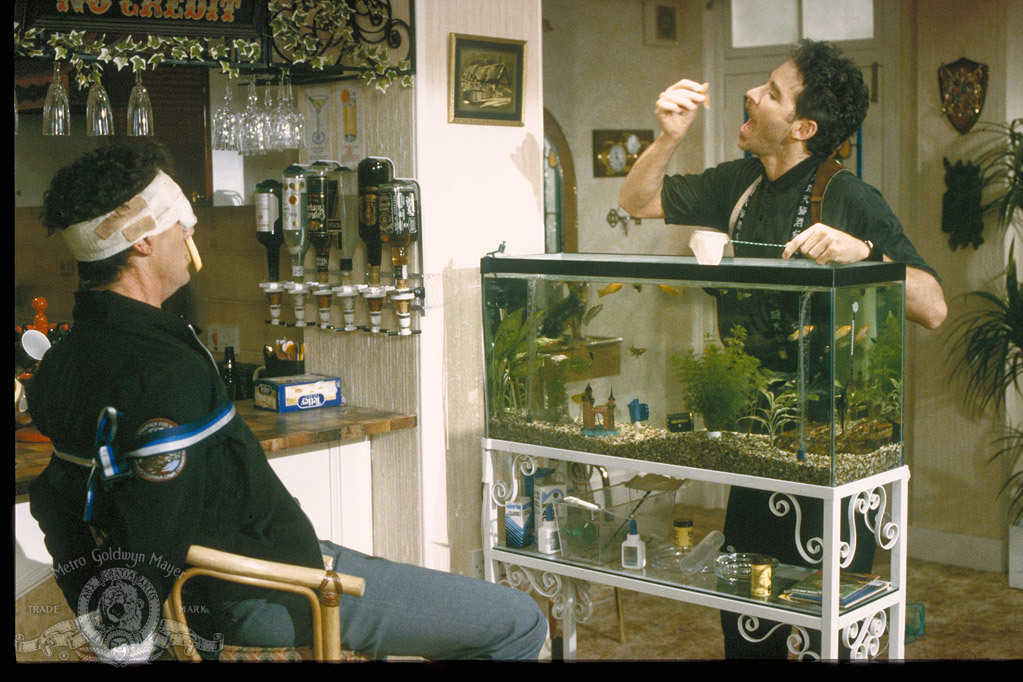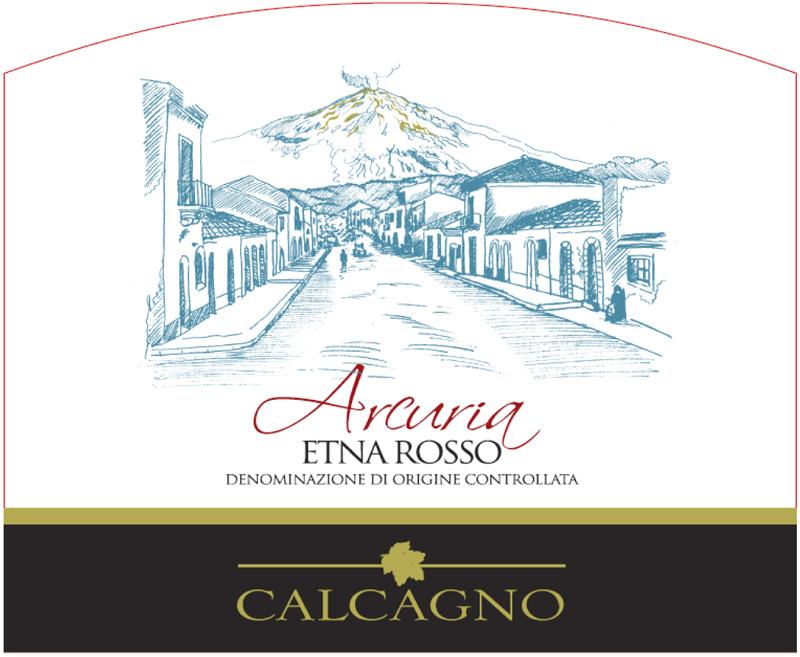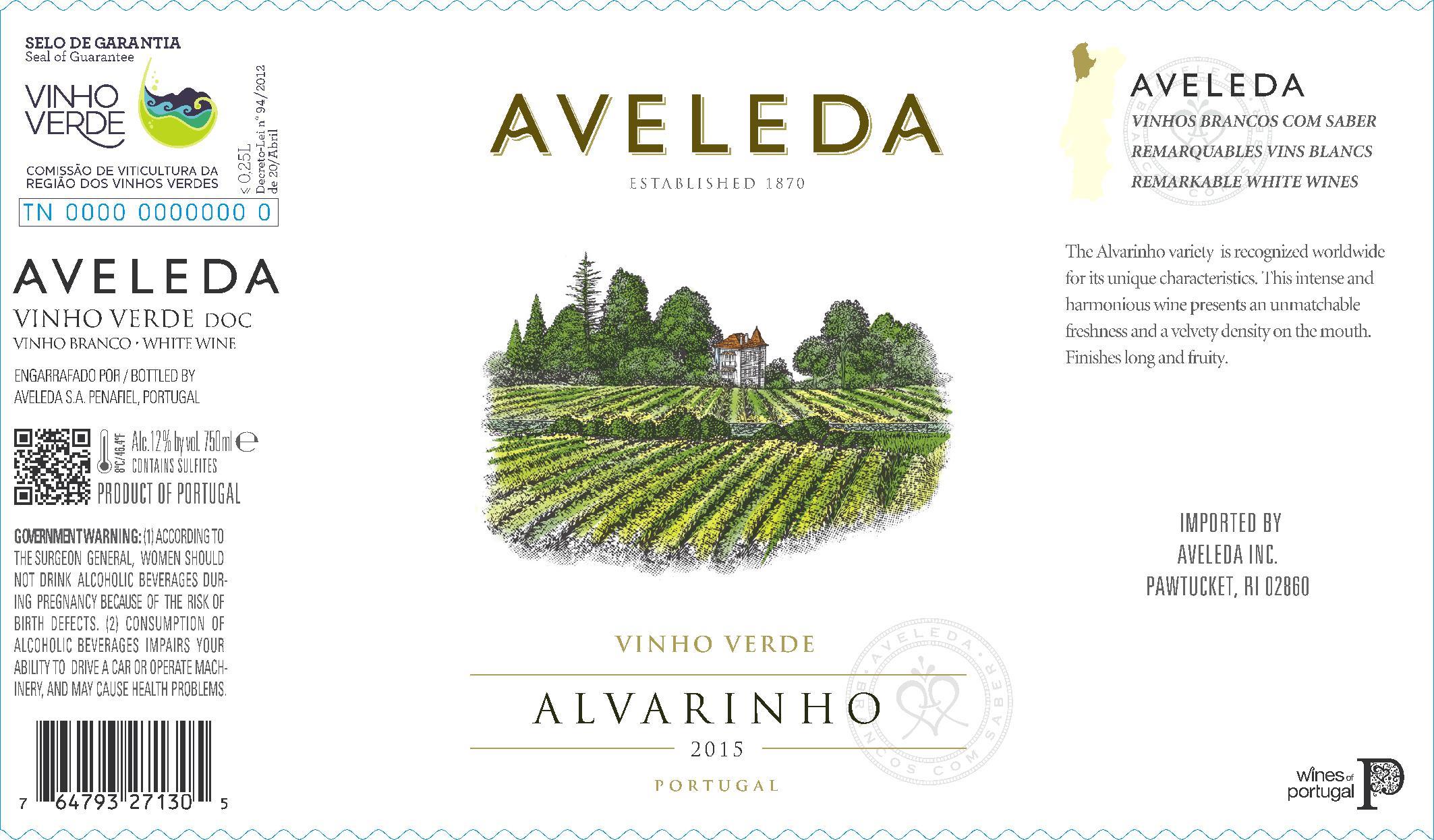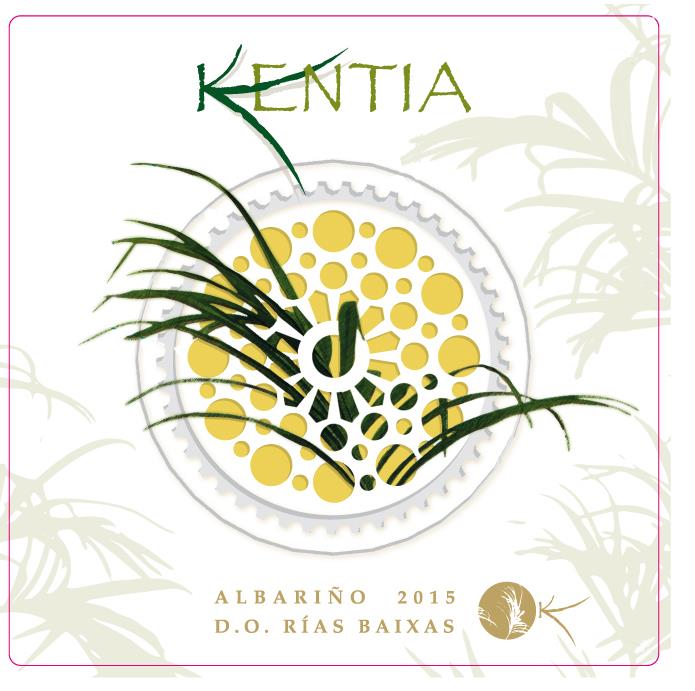Fun To Say, Fun To Drink: Ribolla Gialla
One of my favorite types of events we do at the Divine Wine Emporium is our guest speaker programs, and the night becomes even more exciting when our speaker visits from a winery from out of the country. This is the case tonight when we have Matteo Livon of Azienda Agricola Livon coming to present his family’s wines in the classroom (which, if you are in Niantic, you should absolutely go!).
While tasting the wines is a terrific experience, getting to know how the winery was started and learning characteristics of the vineyards that lead to the wines being awesome is incredibly fulfilling. I especially enjoy it when a wine producer is working with ancient native grape varieties. Such is the case with Ribolla Gialla [ruh-BOL-uh jee-AH-luh], the white grape whose first recorded evidence of existence was documented back in the year 1289 in the northeastern Italy’s Friuli region. Royalty demanded wines made from Ribolla Gialla. Medieval government decreed that the wine shall not be adulterated in any way. Its pure, delicate floral aromas and golden color certainly deserve to be preserved.
However, phylloxera once again reared its ugly head and wiped out vineyards in the region. In order for vineyard owners to recoup their losses over those years, they had to replant with what would sell in the global trade: Sauvignon Blanc and Merlot. By the end of the 20th century, less than 1% of all Friulian vineyard land was planted with Ribolla Gialla. Fortunately, renewed interest in the native wines of Friuli and surrounding northeastern Italian regions helped rescue Ribolla Gialla from extinction.
Ribolla Gialla is most often bottled on its own, but you can find it in blends with Pinot Grigio or Friulano. Winemaking is typically done in stainless steel tanks at cool temperatures to keep those delicate flavors and aromas intact, and the wines are usually light in body with a zing of acidity (keep this in mind as we head into springtime). However, producers such as Livon push the limits by fermenting a portion of the grape in small barriques to give a fuller, creamier texture; Livon’s “Solarco” blend of Ribolla Gialla and Friulano showcases this profile so well.
Additionally, if you want to nerd out even more than simply seeking out Ribolla Gialla, look for it in a wine from Slovenia, which shares a border with Friuli and will likely be labeled as “Rebula;” Nando is the producer you would most likely encounter for about $25. If you have the access to Slovenian wines, go for it! You can also find a New York example from the Channing Daughters winery on Long Island, also around $25.
When it comes to food pairings, standalone unoaked Ribolla Gialla is great with oysters, herbed shrimp, and delicate white fish. Blends with Friulano and oaked examples let you play with grilled seafood, sturdier fish, and chicken. It is also great for someone looking to try an Italian white wine that is not Pinot Grigio.
Price ranges tend to have a fairly wide spread; the entry level starts around $10 and can jump all the way up to $50 for wines from prime vineyard sites. Here’s a flight for you to try that I feel will give you maximum enjoyment and value:
Le Vigne di Zamo Colli Orientali del Friuli Ribolla Gialla ($11): Light, unoaked, and fragrant, this is a great way to get introduced to Ribolla Gialla from a well-respected traditional producer in the heartland of Friulian vineyards. The nose is youthful with lemon zest and apple along a touch of floral notes. Refreshing and lemony on the palate. Perfect aperitif.
Villa Parens Collio Ribolla Gialla Ruttars ($15): This example has a little more body and weight to it than the Zamo above. There is also more of a stone fruit (peach, apricot) flavor profile rather than citrus and the terroir is notable in this wine with stony/minerally character. Villa Parens is run by the Puiatti family, who have been mainstays in northeastern Italy since 1967 and believe in the philosophy that great care in the vineyard and the absence of aging wines in wood leads to the purest expression of their wines.
Azienda Agricola Livon Collio Solarco ($25): 80% of this Friulano-Ribolla Gialla blend is fermented in stainless steel tanks while the remainder is fermented in small barrels, leading to a textured and complex wine. Fresh oranges, vanilla cream, anise, baked bread…it is like drinking breakfast! The anise note pops on the nose, while the finish on the palate is almondy with a lift of acidity.






























































